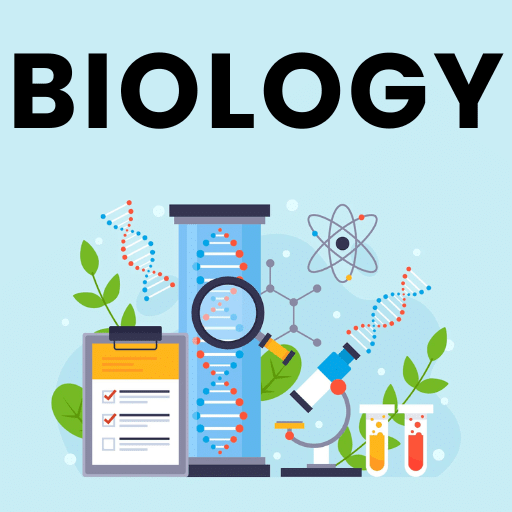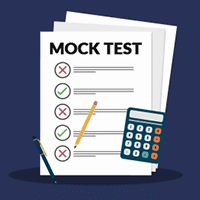The Mirror Summary Class 10 Literature Reader Chapter 8
SUMMARY
This poem is written in free verse and does not depend on any rhythm to convey the message. It is a poem describing a woman’s struggle against the falsity of lies and the truthful harshness of her own image from the perspective of an unsympathetic mirror. ‘I’ in the poem represents the mirror as Sylvia Plath is trying to see the mirror’s view of herself.
The poem is written in the style of a monologue. Sylvia Plath was suffering from severe depression and she had very little compassion for herself. This poem shows how she is really scared of the truth the mirror is reflecting. Unlike other people, the mirror is free from any preoccupations or prejudices. Unlike human beings, it is free from any likes and dislikes and reflects only the truth. It is omniscient like the God, and sees everywhere. The mirror has God-like powers over the woman. The mirror constantly gazes at the wall opposite to it and the wall has pink spots of age, or discoloration on it. The view in the mirror is interrupted by the ‘to and fro’ movements of the woman. This refers to the passing of time and the young girl ageing into an old woman.
The image of the sea and water is a foreboding motif in many poems of Syliva Plath. In this poem also the mirror is compared to a lake. The mirror is able to ‘swallow’ like a lake and the lake gives a seemingly crystal clear image like a mirror. The lake can also refer to the creatures, who exist in the lake because time flies too soon. The mirror of the lake unemotionally observes how the woman is shaken by its reflection. Not everyone is ready to accept the reality depicted by the mirror, so people prefer to live in a world of illusions, in the dim light of candles or moonlight, which hides their flaws. The mirror is unsympathetic, it is unmindful of the tension of people and continues to reflect their true selves.
The mirror is supposed to be cruel but the woman cannot do without it. Repeated viewing of the mirror and seeing her own reflection leads to self-loathing as Sylvia Plath sees less and less of the young girl and more of the old woman. The old woman reflected in the mirror is reminded of her past youth and she feels herself trapped in the cruel jaws of time like a fish. In the last lines the poetess has incorporated mythology into her poem. ‘Drowned’ apparently refers to the Greek prince Narcissus who was very handsome. He kept gazing at his reflection in the lake for so long that he drowned. So the poem is about a woman who is torn between the true picture of herself and the distorted image that others see of her. She wants to escape from the reality of harsh ugliness that time inflicts upon her.
|
5 videos|107 docs|3 tests
|
FAQs on The Mirror Summary Class 10 Literature Reader Chapter 8
| 1. What is the theme of the poem "The Mirror"? |  |
| 2. Who is the speaker in the poem "The Mirror"? |  |
| 3. What is the central metaphor used in the poem "The Mirror"? |  |
| 4. What literary devices are used in the poem "The Mirror"? |  |
| 5. What is the tone of the poem "The Mirror"? |  |




























